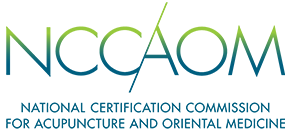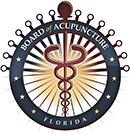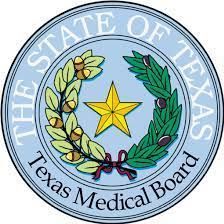TREATING COMPLEX DISEASES OF PREGNANCY WITH TRADITIONAL CHINESE MEDICINE
Risk averse teaching has made TCM practitioners ineffective when treating during pregnancy; a time when the impact of the treatment could not be more important
Challenging fear in the treatment room
I don’t think we can talk about treating pregnant women, and not talk about the fear practitioners feel.
Is there any practitioner alive, myself included, who doesn’t think twice, or three times, before they put needles in or prescribe herbs to a pregnant client? For many years, I had the words of my lecturers at college ringing in my ears: “Don’t do this point if the client is pregnant… You must not use that herb if the client is pregnant…” I held to these strictures for many years of practice; tonifying my pregnant clients, and having a touch and go relationship with results.
Finally, I had a client who had been diagnosed with endometriosis but not been given any treatment before she had fallen pregnant. She came to me presenting with bleeding, and intermittent passing of clots, after which the bleeding temporarily ceased. I took a careful history and could clearly see the presence of Blood Stasis both before and after conception. At that point, I took the easy way out, and gave her a tonifying treatment which did absolutely nothing to help. I was then faced with a stark choice: continue to tonify, or actually treat according to my diagnosis and use herbs and points I had clearly been told not to use.
I went looking for evidence for these strictures and came back up with something very interesting, which was that there is a vast amount of classical literature supporting the use of Qi moving, and especially Blood Breaking, herbs and acupuncture points in pregnancy. Moreover, I realised that in my fear I had traversed from treating the client safely to treating the client ineffectively, possibly even negligently. I had ignored my own clear diagnosis and taken money from the client but did not treat her exactly as she should have been. I lost that client, but I am glad to say I’ve never lost another for the same reason.
This experience and study formed the basis of this course. I wanted to create a body of work which addressed this specific issue, as it pertained to complicated cases presenting with, for example, unexplained abdominal pain or thrush and cystitis, which are issues poorly addressed by a lot of mainstream literature. I wanted to use my own real-life clinical cases as examples of how to treat when Heat needs to be drained, when Qi or Blood need to be moved or broken and when Damp needs to be strongly resolved.
This is a course in which I eventually needed to just stop creating content! I could have gone on working through the complex cases I have seen in practice which I needed to figure out by myself, as I couldn’t find supporting literature upon which to base my treatment. This is a more TCM-heavy course than my other courses that feature in the Advanced Level Diploma, as I wanted to give plenty of clinical guidance with points and diagnoses. I did this because I want the course to leave practitioners feeling more confident about their diagnosis and their ability to treat clients exactly as they need to be treated, rather than as fear dictates.
This is the second module in the
Advanced Level Diploma in Fertility Acupuncture
Diet and Pregnancy
-
The Do’s and Don’ts of eating in pregnancy
-
Common sense vs Fear
-
Where does practitioner responsibility lie?
Pain in Pregnancy
-
Abdominal Pain
-
Hypermobility Pain
-
The Role of Fascia
-
Shoulder Tension in pregnancy and GB 21
Nausea and Vomiting in Pregnancy
-
All day, all night pregnancy sickness
Persistent Sinus Congestion
Constipation in Pregnancy
Diarrhoea in Pregnancy
Cystitis or UTI’s in Pregnancy
Thrush in Pregnancy
-
Types of Discharge
-
The Dai Mai
-
Differential Diagnosis Western Medicine
-
Differential Diagnosis Traditional Chinese Medicine
Bells Palsy in Pregnancy
Obstetric Cholestasis
Pruritic urticarial papules and plaques of pregnancy (PUPPP) or Polymorphic Eruption of Pregnancy (PEP)
Gestational Diabetes
Polyhydramnios
Intrauterine Growth Retardation (IUGR)
Placenta Previa
Carpal Tunnel
Pre-Eclampsia & HELLP Syndrome
Retained Placenta
Mastitis
Treating vs Inducing Pregnant Women





This course is accredited for professional development credit from the following accreditation bodies:
- NCCAOM: 6.5 PDA points
- ABORM: 6 CEU points
- California: 6 (Cat1) credits
- Florida: 47 CE points for the full Diploma
- Texas: 41 CAE hours for the full Diploma
6 hours of continuing education credits in the UK, Australia, Canada, New Zealand, and many other countries.
“Red flags in pregnancy is always a worry for me, this course gives clear information on when, what and how you can treat, and when to refer.”
“I learned that what presents before pregnancy, if not resolved, will continue to be present during pregnancy. Seems obvious, but such as great reminder as it isn’t so obvious at times.”
"I learned not to be ‘afraid’ of using ‘forbidden’ points if needed and necessary."

